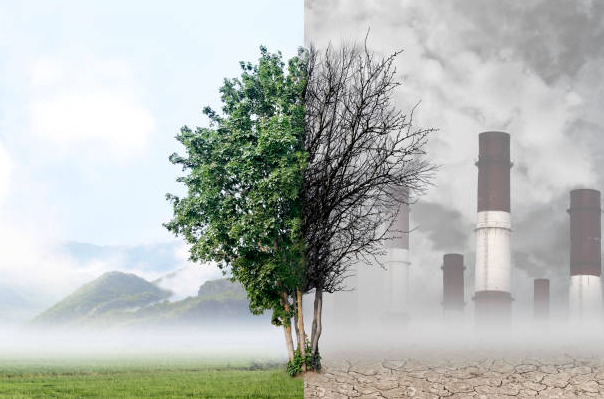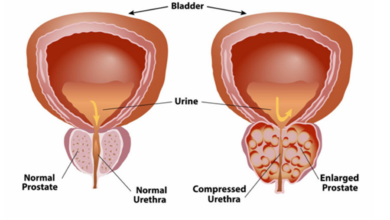“Environmental pollution is an incurable disease. It can only be prevented.” – Barry Commoner
An average adult takes about 12 to 20 breaths per minute of their existence. While we may wish otherwise, the air we inhale to sustain our essential bodily processes contains much more than vital, life-supporting oxygen.
Being a heterogeneous blend of various atmospheric gases, the air around us is also made up of several kinds of toxins and other fine particulate matter (PM2.5). When the levels of the latter shoot up beyond a certain point, it can hurt our health.
Moreover, when such adversities are paired with the rising costs of healthcare, it becomes a brewing cauldron of a perfect storm. In such a scenario, comprehensive covers such as the Aditya Birla Health Insurance plan, can come to your rescue.
How much is too much?
Every environmental agency draws the line differently, especially when it comes to levels of “maximum” acceptable air pollution. According to the World Health Organization (WHO), a region’s PM2.5 levels should ideally not exceed 15 μg/m3. However, the United States Environmental Protection Agency (EPA) caps the same at 35 μg/m3 per 24 hours.
In 2022, the average PM2.5 level in the U.S. stood at about 7.8 μg/m3. However, the same viability doesn’t hold in the case of India, where people are exposed to PM2.5 levels ranging between 75-100 μg/m3 every single day. This can be traced back to the fact that out of the world’s top 10 most polluted cities, 9 are located in India.
While the air around us might look deceptively clear and free of pollutants, it is not. In our country, the high levels of PM2.5 concentrations can be linked to increased volumes of dust, industrial discharge, and vehicular emissions, among other contaminants.
It is important to note that not all PM2.5 pollutants are made equal. According to some experts, the emissions released during wildfires, especially those emanating from burning cars or houses, are extremely toxic. Such pollutants are much more likely to induce adverse health complications when inhaled.
Can Air Pollution Have Fatal Consequences?
A report by the World Health Organization revealed that over 70 lakh people across the globe lose their lives to ailments caused by PM2.5 pollution. After these superfine particles, which measure less than 2.5 microns in diameter, are inhaled, they flow deep into the human body and stay lodged there.
Since these particulate semisolid and liquid pollutants are extremely microscopic, they can easily penetrate the membrane of a person’s alveoli (air sacs). From there, they are known to enter the individual’s bloodstream, which can then cause oxidative stress, inflammation, and several other health concerns.
Regular exposure to such virulent pollutants has been linked with increased risks of cancer, dementia COPD, heart disease, and premature death, too. One meta-analysis found that a 10 μg/m3 increase in PM2.5 levels induced a surge in hospital visits and in-patient admissions among COPD patients. Moreover, other studies found a considerable connection between air pollution and impaired liver function, genetic changes, neurobehavioral issues, and haematological anomalies. The abovementioned concerns are even more real when it comes to roadside peddlers, traffic policemen, and auto and taxi drivers, purely due to the nature of their occupation.
Is Climate Change Fuelling This Fire?
In quite a literal sense, the prevalence of wildfires across the world has led to poorer Air Quality Indices (AQI). Amidst surging temperatures and parched geographies, the number of such climate-linked calamities is forecasted to increase by 2x, by the end of this century.
As of date, wildfire smoke pollutants account for about 20% of all PM2.5 contaminants suspended in the atmosphere. The reddish haze following a particularly cataclysmic wildfire is a telltale sign of the same. A study conducted in 2023 found that inhaling these virulent vapours increases an individual’s risk of all-cause, non-accidental, neoplasm-linked mortality (a condition involving abnormal, excessive tissue growth).
It must also be noted that pre-existing ozone pollution becomes worse when atmospheric temperatures escalate. In simple terms, when it is very hot in one region, a chemical reaction called ‘photochemistry’ occurs, causing winds to become stagnant. When paired with heightened pressure, it becomes very difficult for the suspended pollutants to escape or move upwards.
Mother Nature aside, human activities, including the burning of fossil fuels, are known to exacerbate atmospheric pollution, too. Toxic gases that are released during this process, including carbon dioxide, sulphur, and nitrogen, are major culprits which are known to further aggravate the situation.
Typically, when it comes to dealing with torrid weather, our coping mechanism of choice is to switch on the air conditioner. As electricity consumption ticks up across the board, so does our reliance on fossil fuels, to generate energy to run these appliances in the first place. Hence, coming full circle, human activities end up fueling the very problem that was meant to be solved.
The How-To Guide to Protecting Yourself
Now that we’ve identified the problem and the dire implications that it can potentially have, on every member of society, let’s look at how you, on a personal level, can shield yourself from such adversities. Essentially, the key would be to minimise your exposure to such toxic, particulate matter. Listed below are a few tips to abide by:
- Wear a tightly sealed face mask outdoors, especially when the air appears to be particularly hazy
- Avoid exercising outdoors and on major roads, especially if the pollution in the area is visibly bad
- Use a compact air purifier at home, to clear out any pollutants from your living space. This device should ideally be placed in the room where you spend the most amount of time
- Use adhesive tape to cover old windows. This prevents the superfine particulate matter from entering your home
- If you happen to spend a lot of time in a high-pollution area, change your clothes after reaching home
- Change the setting of your central air conditioner to recirculate air within the room/building
- If your circumstances permit, opt to live away from major streets and industrial localities
- Own a comprehensive health insurance policy to benefit from obtaining the viable coverage you deserve, especially during such times of distress









